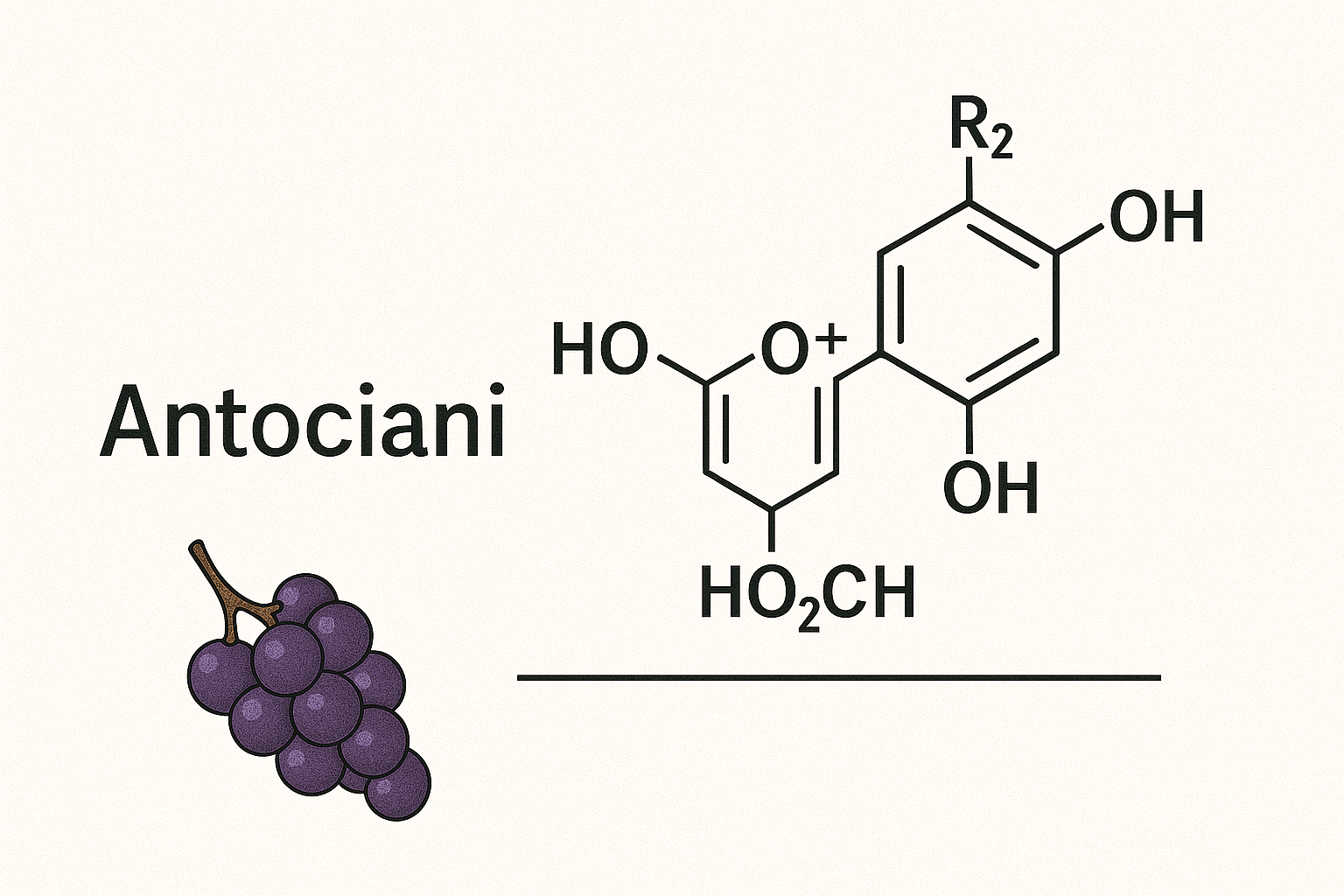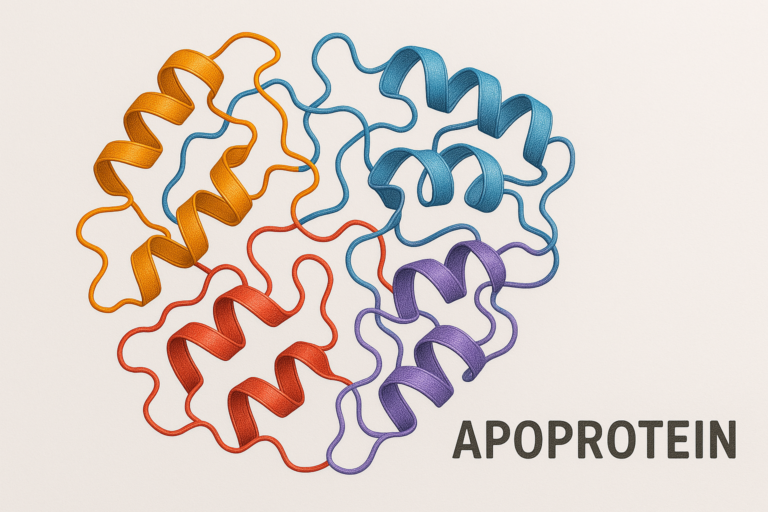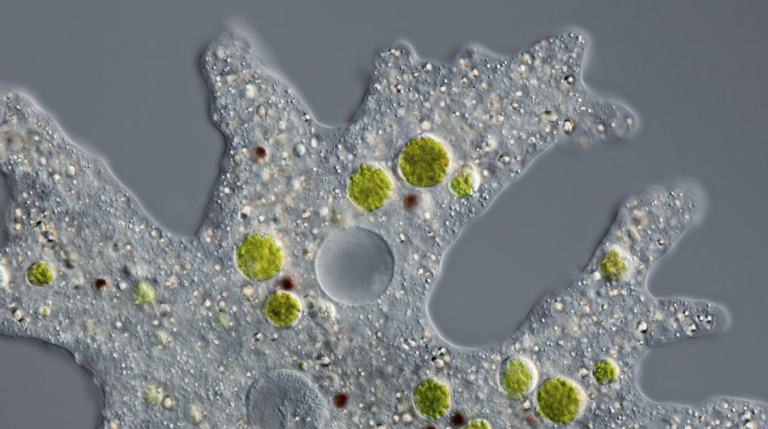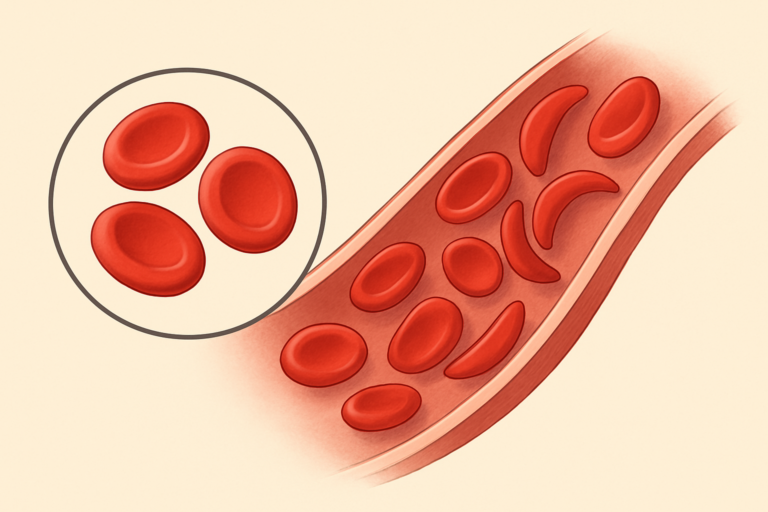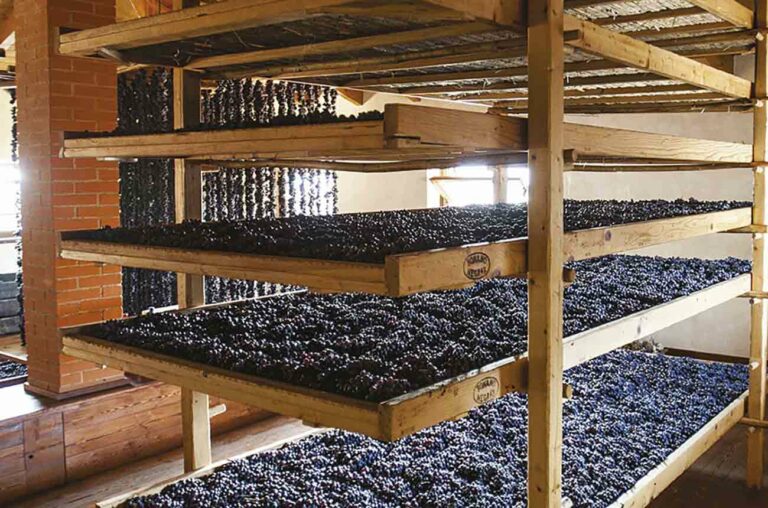Introduction
Antociani, more commonly known as Anthocyanins, are water-soluble pigments found in a variety of fruits, vegetables, grains, and flowers (Khoo et al., 2017). They belong to a parent class of molecules called flavonoids, a subgroup of plant metabolites that are known to deliver numerous health benefits due to their antioxidant properties (Wallace & Giusti, 2015). The term ‘Anthocyanin’ is derived from the Greek words for flower and blue, reflecting their role in providing the blue, purple, red, and orange hues in many of our favorite plants and foods (Brouillard, 1982).
Chemical Structure and Function
Anthocyanins are chemically characterized by their flavilium cation structure (Wallace & Giusti, 2015). They are unique in their ability to change color depending on the pH of their environment. In acidic conditions, they appear red, while in neutral conditions, they are purple, and in alkaline conditions, they turn blue (Khoo et al., 2017). This property not only contributes to the brilliant colors of many foods but also serves as a pH indicator in scientific research.
Health Benefits
Recent studies have highlighted the potential health benefits of anthocyanins. They have been credited with anti-inflammatory, anti-cancer, and antioxidative properties (Khoo et al., 2017). They have also been linked with improved cardiovascular health, obesity control, and diabetes prevention (Zhang et al., 2014).
Anthocyanins’ role as antioxidants means they can neutralize harmful free radicals in the body, reducing oxidative stress, and preventing cell damage (Khoo et al., 2017). This antioxidant activity has been linked to a reduced risk of chronic diseases such as cancer and heart disease (Wallace & Giusti, 2015).
Research has also indicated that anthocyanins may improve vision. They aid in the regeneration of key molecules for night vision and promote improved circulation within the capillaries of the eye (Kalt et al., 2020).
Sources of Antociani
Many common fruits and vegetables are rich in anthocyanins. These include berries (blackberries, blueberries, strawberries), cherries, grapes, pomegranates, eggplants, and red onions (Khoo et al., 2017). The intense colors of these foods are a good indicator of their anthocyanin content.
Conclusion
Anthocyanins, or Antociani, are power-packed pigments that not only add color to our food but also provide numerous health benefits. As antioxidants, they protect against cell damage and reduce the risk of chronic diseases. Their potential for promoting cardiovascular health, aiding vision, and controlling obesity makes them a vital component of a healthy diet. Regular consumption of anthocyanin-rich foods can be a simple and natural way to boost overall health.
References:
Brouillard, R. (1982). The anthocyanins: Natural pigments. Pure and Applied Chemistry, 54(10), 1969-1978.
Kalt, W., McDonald, J. E., Fillmore, S. A., & Tremblay, F. J. (2020). Blueberry Effects on Dark Vision and Recovery after Photobleaching: Placebo-Controlled Crossover Studies. Journal of Agricultural and Food Chemistry, 68(2), 586-593.
Khoo, H. E., Azlan, A., Tang, S. T., & Lim, S. M. (2017). Anthocyanidins and anthocyanins: colored pigments as food, pharmaceutical ingredients, and the potential health benefits. Food & nutrition research, 61(1), 1361779.
Wallace, T. C., & Giusti, M. M. (2015). Anthocyanins. Advances in Nutrition, 6(5), 620-622.
Zhang, Y., Lian, F., Zhu, Y., Xia, M., Wang, Q., Ling, W., & Wang, X. D. (2014). Anthocyanin supplementation improves HDL-associated paraoxonase 1 activity and enhances cholesterol efflux capacity in subjects with hypercholesterolemia. Journal of Clinical Endocrinology & Metabolism, 99(2), 561-569.

